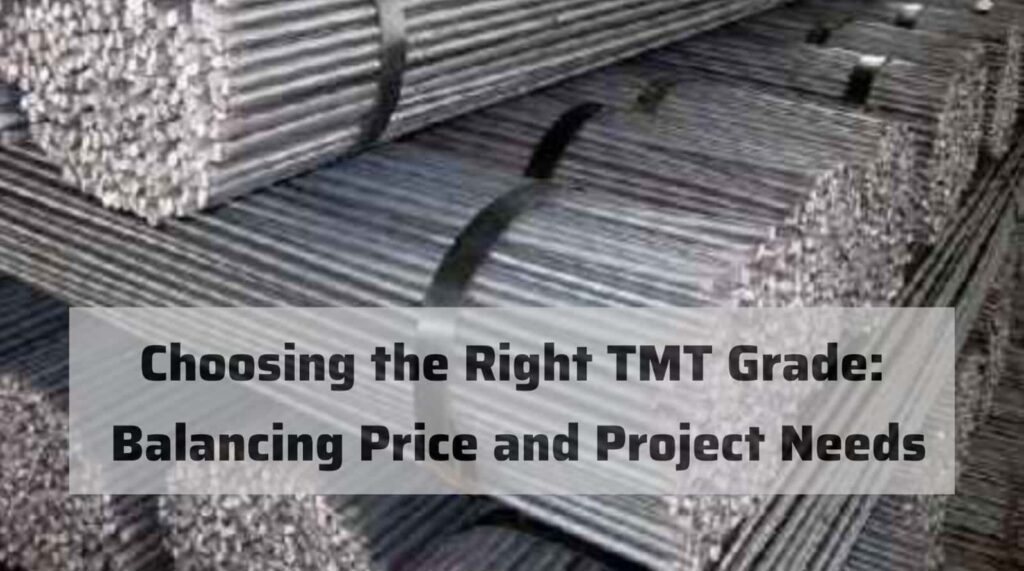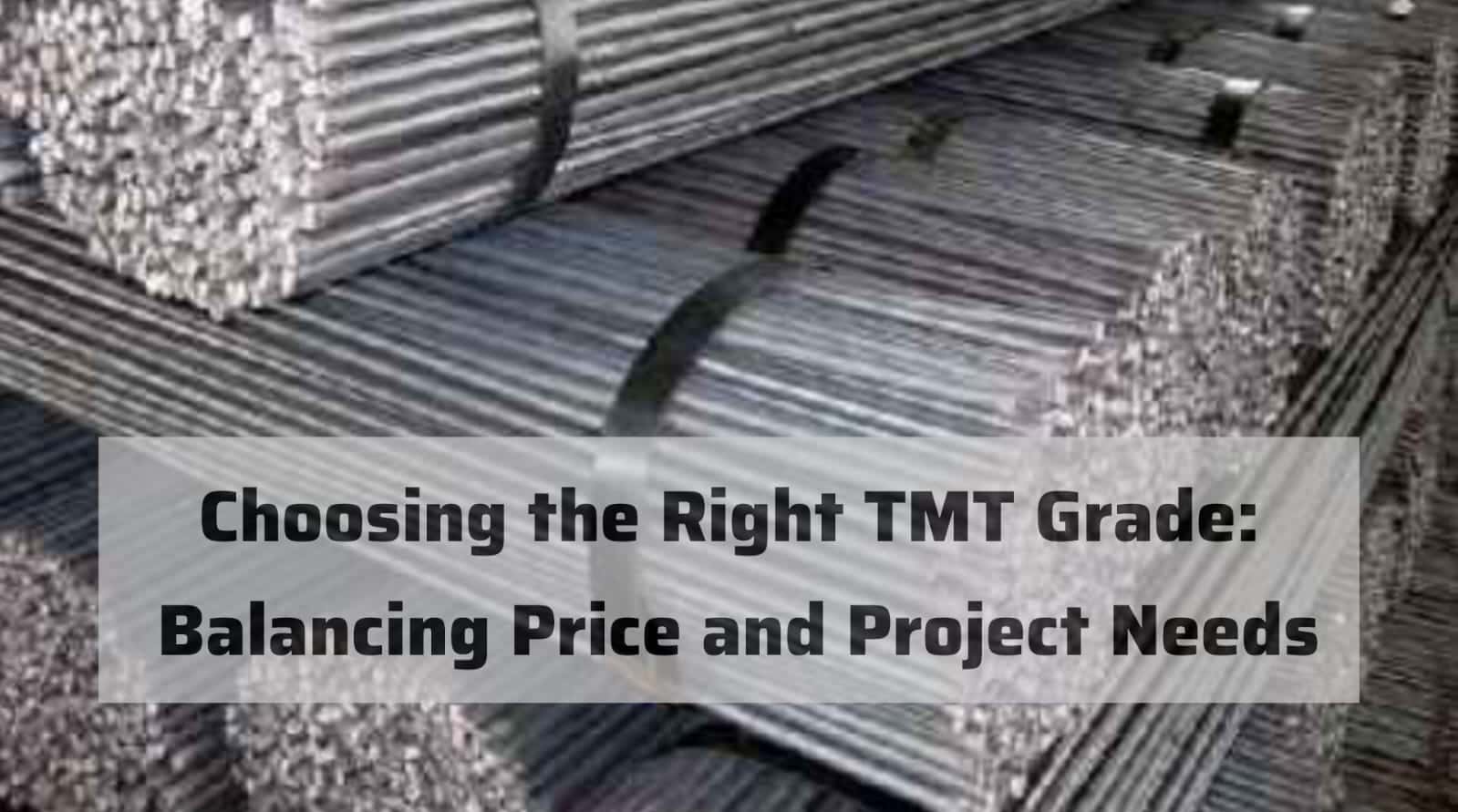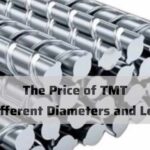1. Understanding TMT Grades:
– TMT bars are widely adopted in construction due to their tensile strength in building construction. They can also bend.
– Depending on its grades TMT bars can be categorized into Fe-415, Fe-500, Fe-550, and Fe-600. Fe-415 is standard grade and the least strength of the three while Fe-600 is the highest grade with maximum strength.

2. Project Requirements:
– The specific grade of TMT steel that would be required is identified based on the structural requirements. This applies to the project.
– TMT bars of higher grades are needed for some special structures like the construction of high rise buildings and bridges. They are also required for other largescale applications because their tensile strength is higher.
– For minor construction works such as houses, it is possible to consider the use of lower grade TMT bars. It provides sufficient degree of strength and at the same time it has some degree of flexibility, though not very high.
3. Budget Considerations:
– Generally, the cost increases with the grade of the TMT bars as is the case with most other commodities in the market. This is due to the improvement of features that they have as needed by the modern market situation.
– Budgeting is a critical factor in managing the project expenditure in accordance with the project needs. In a similar manner, it is best not to always go for the highest grade even if it is an option.
– Concerning the outcomes and the potential advantages in the long term, it might be feasible to use a higher grade. One can recommend that the higher grade is more likely to be more long-wearing and may not demand frequent attention and cleaning.
4. Seismic Zones:
– In matters of construction specifically in regions that are prone to quakes, choosing the right grade of TMT is very important. This helps in achieving safe structures.
– TMT bars of higher grades have improved characteristics for ductility and strength as compared to the conventional grade. They are recommended for constructions especially in areas that are prone to be affected by the effects of an earthquake to be able to handle the tension that is caused by the event of an earthquake.
5. Environmental Factors:
– Other factors that have an influence on the selection of TMT grade are the site conditions in which the construction work is being carried out. Coastal areas are subjected to high saline and moisture content.
– Some regions may require TMT bars that have better resistance to corrosion especially where the structures are near the coastal region. This is true especially for the higher grades.
6. Quality Standards:
– Ensure that the specifications of TMT bars meet ISI codes. This helps guarantee that the kind of material being used is as standard as needed.
– Check whether the manufacturer is certified. It is important to ensure that the TMT bar adheres to the required quality standards.
7. Supplier Reliability:
– This ensures that the TMT bars produced are of excellent quality. They meet the specified grades as required for the construction project as shown below.
– There are times when several suppliers can be much more reliable in matters concerning customer service and support. They can assist the customer in choosing the right grade of the material to use in the particular application.
8. Conclusion:
– While making the right decision on TMT grades when issues of price and project needs are critical the following factors should be put into consideration. These include structure, costs and environment in the project.
– Hence, possessing information leads to the development of inexpensive and durable structures. These structures are safe to live in.
– Seek advice from structural engineers or other professionals that can advise on the type of TMT grade that will be appropriate for your project. It is then necessary to determine which grade will be able to meet all the laid down standards.
If you want to buy TMT within your budget then you can buy all the brands at the right rates on tmtpricetoday.com


